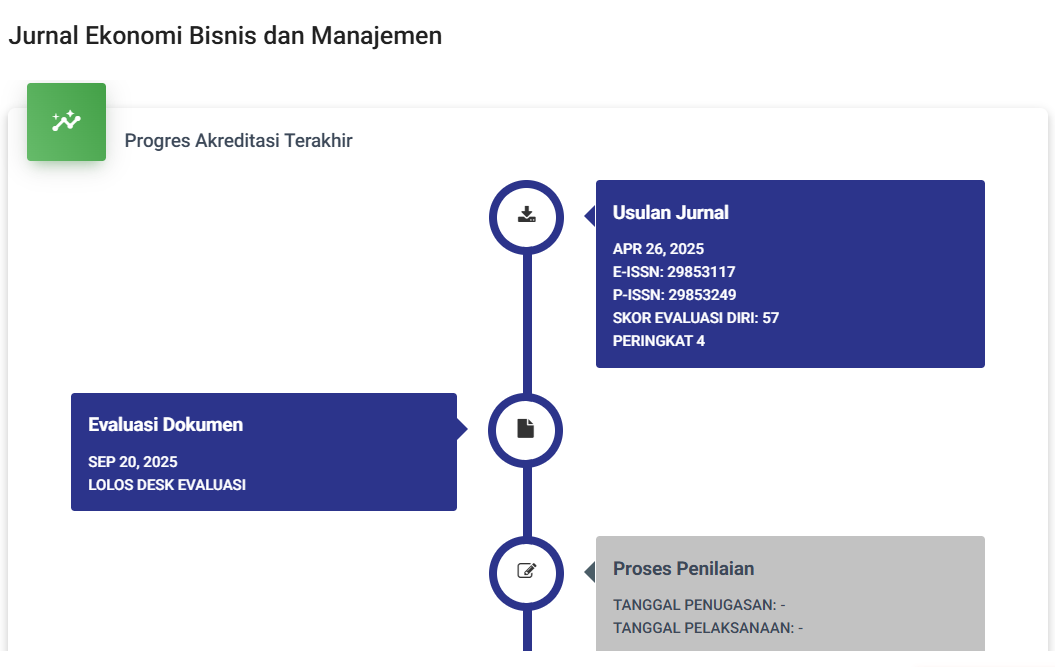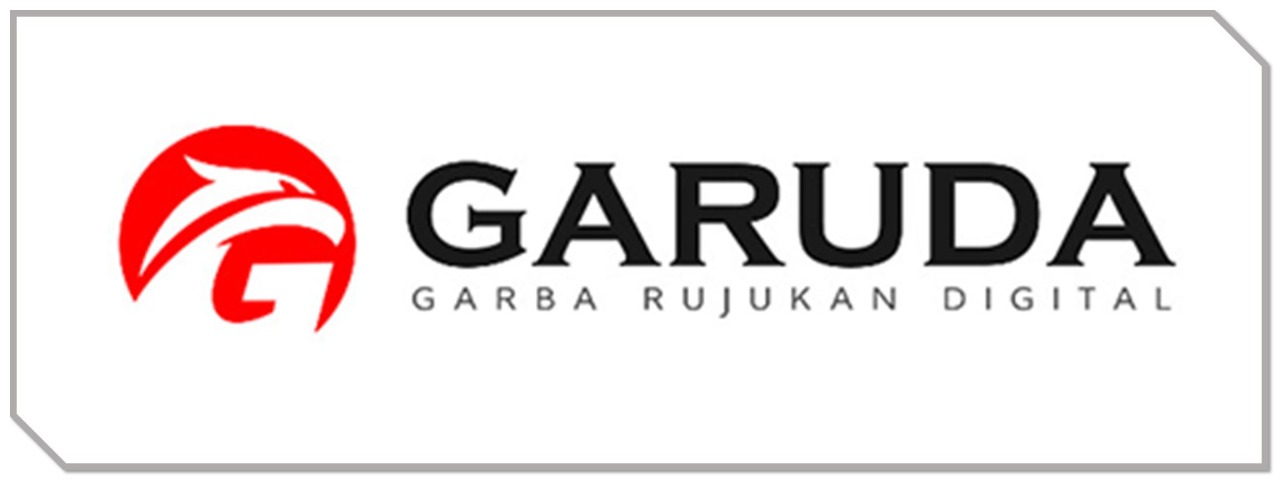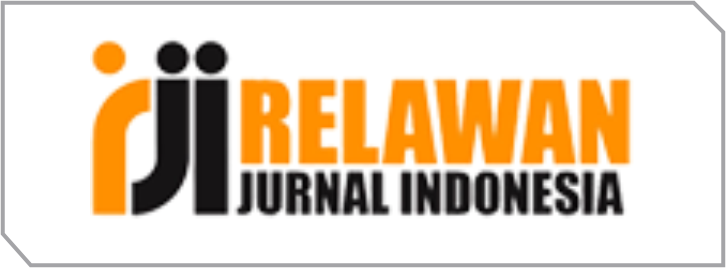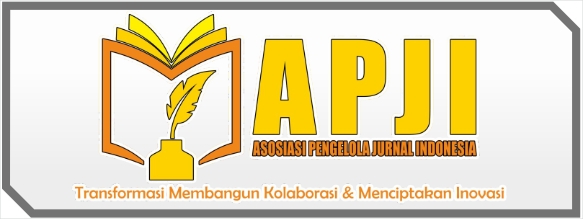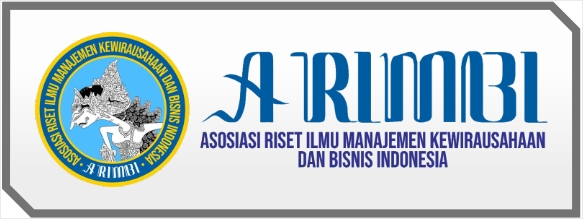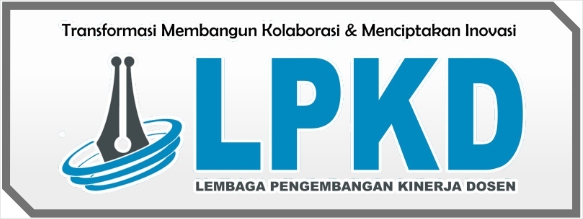Dilemma of Traditional Market Traders in the Era of Digital Transformation: Case Study at Wlingi Blitar Market
DOI:
https://doi.org/10.59024/jise.v2i3.705Abstract
Traditional traders, especially clothing traders, have experienced a decline in sales amidst the development of modern markets and online sales. The research raised a case study in the Wlingi Blitar market, the largest market in the Blitar district, East Java. Research using a qualitative approach is presented descriptively, resources are obtained through in-depth interviews and also documenting, making observations, and using secondary data to obtain in-depth information so that a complete picture is obtained regarding the topic of traditional markets, modern markets, and digital transformation which has given rise to online sales. The research results stated that clothing traders experienced a decline in sales caused by the emergence of many modern shops in the Wlingi area and its surroundings and due to the rise of online sales. Some market sellers can transform sales digitally by selling their products online, but some traders need help to do this, so sales experience a decline.
References
Al Omoush, K., Lassala, C., & Ribeiro-Navarrete, S. (2023). The role of digital business transformation in frugal innovation and SMEs’ resilience in emerging markets. International Journal of Emerging Markets, ahead-of-p(ahead-of-print). https://doi.org/10.1108/IJOEM-12-2022-1937
Aliyah, I., Setioko, B., & Pradoto, W. (2017). Spatial flexibility in cultural mapping of traditional market area in Surakarta (A case study of Pasar Gede in Surakarta). City, Culture and Society, 10(36), 41–51. https://doi.org/10.1016/j.ccs.2017.05.004
Andi Ayu Frihatni. (2020). The Existence of Modern Mini Markets amidst Traditional Retail Market. International Journal of Science, Technology & Management, 1(3), 244–250. https://doi.org/10.46729/ijstm.v1i3.57
Andrean, R., Anwar, K., Adinugraha, H. H., & Syafi’i, M. A. (2022). Inovasi Platform Securities Crowdfunding Syariah Berbasis Investasi Wakaf Tunai Untuk Pengembangan Umkm Yang Berdaya Saing Pada Masa Pemulihan Ekonomi Nasional. Studia Economica : Jurnal Ekonomi Islam, 8(2), 219. https://doi.org/10.30821/se.v8i2.13610
Andriansyah, E. H., Nurlaili, E. I., Solichin, M. R., & Noviana, N. E. (2021). The existence of traditional markets to modern markets in coastal areas. AGGREGATE: Journal of Economics and Business, 5(2), 228–237. https://doi.org/10.22236/aggregat
Antún, J. P., Alarcón, R., & Lozano, A. (2016). Urban Freight in Supply Chain at “la Merced” Complex of Traditional Market in the Historic Center of Mexico City. Transportation Research Procedia, 12(June 2015), 836–841. https://doi.org/10.1016/j.trpro.2016.02.036
Bayer, T. M., & Page, J. (2014). The ingenious marketing of modern paintings. Journal of Historical Research in Marketing, 6(2), 211–233. https://doi.org/10.1108/JHRM-04-2013-0023
Blois, K. J. (2018). Market Structure and Marketing Policies. European Journal of Marketing, 34(1), 1–5.
Dholakia, N., & Firat, A. F. (2019). Markets, consumers and society in the age of heteromation. European Journal of Marketing, 53(8), 1504–1520. https://doi.org/10.1108/EJM-11-2017-0916
Ghobakhloo, M., & Iranmanesh, M. (2021). Digital transformation success under Industry 4.0: a strategic guideline for manufacturing SMEs. Journal of Manufacturing Technology Management, 32(8), 1533–1556. https://doi.org/10.1108/JMTM-11-2020-0455
Giantari, I. G. A. K., Surya, I. B. K., Yasa, N. N. K., & Yasa, I. B. A. (2018). Development and revitalization strategies for traditional markets in Bali. International Journal of Social Economics, 45(7), 1058–1070. https://doi.org/10.1108/IJSE-09-2017-0414
Graaf, F., Rauwerda, K., Teeffelen, L. V, & Abid, J. (2018). The habitual selection of SME funding in an increasingly diverse market.
Hauke-Lopes, A., Ratajczak-Mrozek, M., & Wieczerzycki, M. (2023). Value co-creation and co-destruction in the digital transformation of highly traditional companies. Journal of Business and Industrial Marketing, 38(6), 1316–1331. https://doi.org/10.1108/JBIM-10-2021-0474
Koukouvinou, P., Simbi, N., & Holmström, J. (2022). Managing unbounded digital transformation: exploring the role of tensions in a digital transformation initiative in the forestry industry. Information Technology and People, 36(8), 43–68. https://doi.org/10.1108/ITP-03-2020-0106
Kringelum, L. B., Holm, C. G., Holmgren, J., Friis, O., & Jensen, K. F. (2024). Digital transformation: strategy comes first to lay the groundwork. Journal of Business Strategy. https://doi.org/10.1108/JBS-09-2023-0199
Mardhiyah, A., & Safrin, F. A. (2021). Persaingan Usaha Warung Tradisional dengan Toko Modern. Jurnal Bisnis Dan Manajemen, 8(1). https://doi.org/10.26905/jbm.v8i1.5454
Miao, Y., Shi, Y., & Jing, H. (2024). Effect of digital transformation on labor income share in manufacturing enterprises: insights from technological innovation and industry–university–research collaborations. Kybernetes, 53(13), 24–46. https://doi.org/10.1108/K-08-2023-1414
Murdiyanto, E., & Mukhlis, I. (2024). Adaptation of Digital Technology: Case Study of Kesamben Market Traders After the Burn. Jurnal Penelitian Ekonomi Manajemen Dan Bisnis (JEKOMBIS), 3(1), 71–80. https://doi.org/10.55606/jekombis.v3i1.2928
Nourbakhsh, M., Zolfagharian, S., Zin, R. M., & Irizarry, J. (2012). Affordable software for collaboration, document management, and on-site information management in small- and medium-sized construction companies. WCSE 2012 - International Workshop on Computer Science and Engineering, 460–463. https://doi.org/10.7763/ijet.2012.v4.410
Olsson, A. K., Eriksson, K. M., & Carlsson, L. (2024). Management toward Industry 5.0: a co-workership approach on digital transformation for future innovative manufacturing. European Journal of Innovation Management, 202. https://doi.org/10.1108/EJIM-09-2023-0833
Pahlevi, R. W., Alam, M. M., Harjito, D. A., & Said, J. (2023). Implementation of corporate governance principles to support sustainable development goals in Yogyakarta’s traditional markets. International Journal of Ethics and Systems, 39(3), 659–676. https://doi.org/10.1108/IJOES-06-2021-0116
Parra-Sánchez, D. T., & Talero-Sarmiento, L. H. (2023). Digital transformation in small and medium enterprises: a scientometric analysis. Digital Transformation and Society. https://doi.org/10.1108/dts-06-2023-0048
Putra, R. D. D., & Rudito, B. (2015). Planning Community Development Program of Limbangan Traditional Market Revitalization with Social Mapping. Procedia - Social and Behavioral Sciences, 169(August 2014), 143–150. https://doi.org/10.1016/j.sbspro.2015.01.296
Qi, Y., & Chu, X. (2022). Development of the digital economy, transformation of the economic structure and leaping of the middle-income trap. China Political Economy, 5(1), 14–39. https://doi.org/10.1108/cpe-09-2022-0012
Rudawska, E. D. (2014). Customer loyalty towards traditional products – Polish market experience. British Food Journal, 116(11), 1710–1725. https://doi.org/10.1108/BFJ-10-2013-0299
Schönherr, S., Eller, R., Kallmuenzer, A., & Peters, M. (2023). Organisational learning and sustainable tourism: the enabling role of digital transformation. Journal of Knowledge Management, 27(11), 82–100. https://doi.org/10.1108/JKM-06-2022-0434
Senadjki, A., Au Yong, H. N., Ganapathy, T., & Ogbeibu, S. (2023). Unlocking the potential: the impact of digital leadership on firms’ performance through digital transformation. Journal of Business and Socio-Economic Development, 4(2), 161–177. https://doi.org/10.1108/jbsed-06-2023-0050
Shabbir, M. S. (2020). Informal shariah pawnshop in the traditional markets of Surakarta. Journal of Islamic Marketing, 11(2), 269–281. https://doi.org/10.1108/JIMA-09-2017-0097
Soewardi, T. J., & Ananda, C. F. (2015). The Transformation of Bea Acquisition Rights to Land and Buildings (BPHTB): Case Study in Kediri City of East Java. Procedia - Social and Behavioral Sciences, 211(September), 1179–1185. https://doi.org/10.1016/j.sbspro.2015.11.157
Stephen Brown. (2014). Brands on a wet, black bough: marketing the masterworks of modernism. Marketing the Masterworks of Modernism, 34(1), 1–5.
Strader, T. J., & Shaw, M. J. (1999). Consumer cost differences for traditional and Internet markets. Internet Research, 9(2), 82–92. https://doi.org/10.1108/10662249910264819
Tung, K. C., Hsiao, F. C., Wang, K. S., Yang, C. H., & Lai, C. H. (2013). Study of the endoparasitic fauna of commensal rats and shrews caught in traditional wet markets in Taichung City, Taiwan. Journal of Microbiology, Immunology and Infection, 46(2), 85–88. https://doi.org/10.1016/j.jmii.2012.01.012
Wongleedee, K. (2015). Marketing Mix and Purchasing Behavior for Community Products at Traditional Markets. Procedia - Social and Behavioral Sciences, 197(February), 2080–2085. https://doi.org/10.1016/j.sbspro.2015.07.323
Zang, S., Sun, M., Wang, Q., Wang, H., & Tian, S. (2024). Windows of opportunity, strategic cognition and enterprise digital transformation. Chinese Management Studies. https://doi.org/10.1108/CMS-09-2023-0489
Zanvo, S., Djagoun, C. A. M. S., Azihou, A. F., Sinsin, B., & Gaubert, P. (2021). Preservative chemicals as a new health risk related to traditional medicine markets in western Africa. One Health, 13, 100268. https://doi.org/10.1016/j.onehlt.2021.100268
Downloads
Published
How to Cite
Issue
Section
License
Copyright (c) 2024 JURNAL EKONOMI BISNIS DAN MANAJEMEN

This work is licensed under a Creative Commons Attribution-ShareAlike 4.0 International License.


